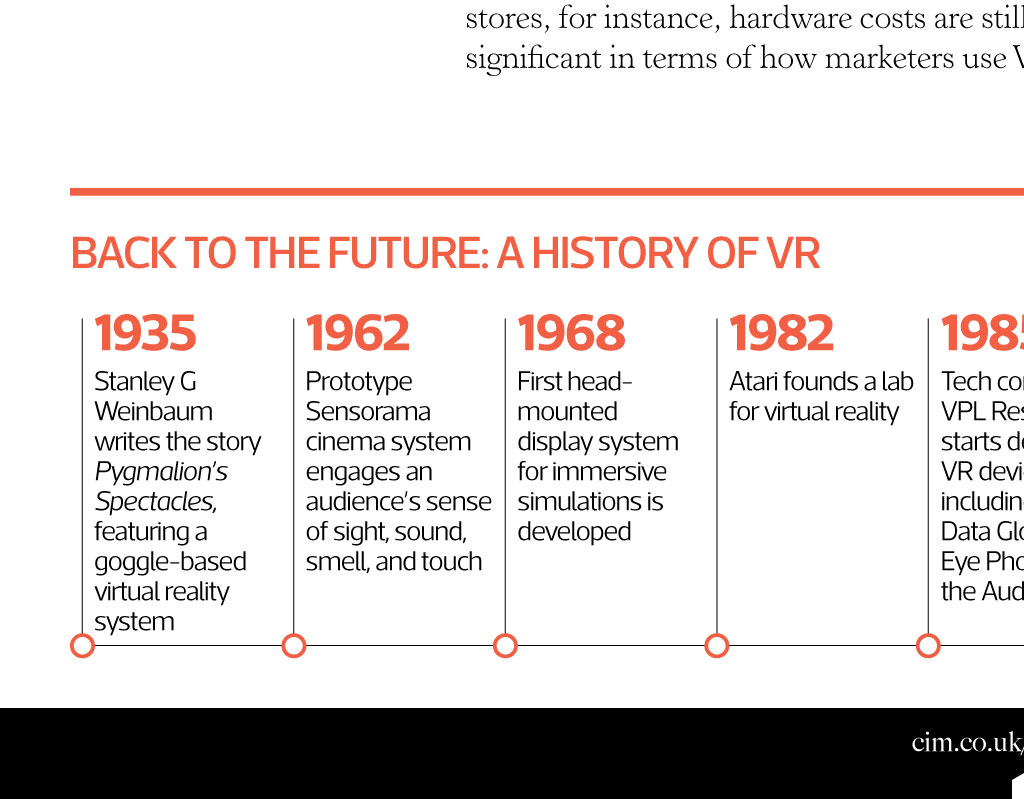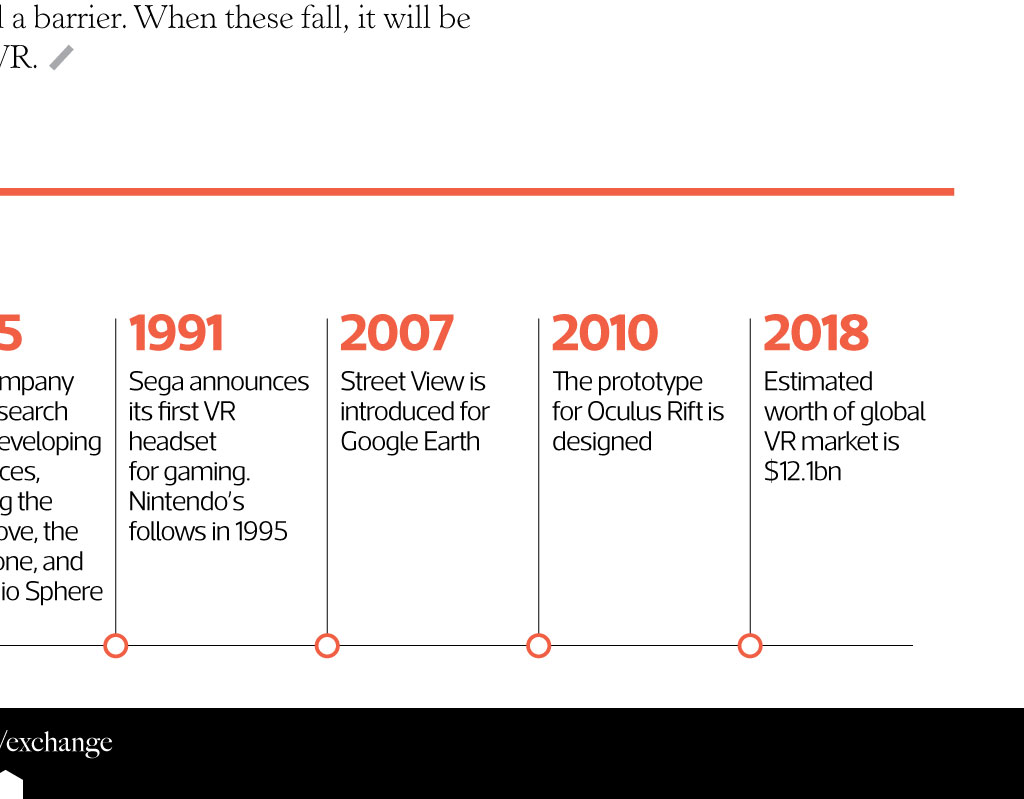












Quickfire questions 5 in five Matthew Martin managing director, Immersive VR Five questions in five minutes for Matthew Martin, MD at Immersive VR, about how enhanced immersive executions are raising expectations and delivering powerful engagement How can virtual reality (VR) benefit brands today? VR enables brands to offer customers highly engaging, immersive experiences, without having to hire large physical spaces. These events can help to build strong brand loyalty. Headsets also focus the customers attention solely on one brands particular message or product. For an online clothing retailer, for example, this might involve a 360-degree website with buttons or active areas overlaid to allow customers to get more product information or go to the checkout. In what ways is VR being used by businesses? Most marketers will know that brands are using the technology to create unique experiences for customers, but they are also using VR to speed up product development. Its far more cost-effective to generate a prototype in VR than create a physical object. Elsewhere, construction companies are using VR to refine building projects, and the technology is being used in labs for medical research. Are consumer expectations of VR changing? Consumers already expect the content to feel real, both in terms of sound and visuals. In the near future, haptic interfaces will make the experience even better. It can already be a differentiating factor for consumers choosing one brand over another. For example, customers at car dealerships can use headsets to view vehicles with tailored specifications, even if the product is not in the showroom. VR technology is streamlining the purchase journey, and customer expectations are likely to rise as a consequence. What advice would you give to those considering VR? For marketers looking to justify the investment in VR, remember the huge reach it can give you. Spin-off content from VR often goes viral on other platforms, such as social media. Were reaching the point where it is seen less as a bolt-on and more as a digital channel in its own right. Avoid building VR content just for the sake of it; theres plenty of excellent VR executions out there, so marketers need to be mindful of how the campaign fits into this landscape. What will be the next big leap forward for VR? The next wave of headsets wont need to be plugged in to a computer and will work independently of external sensors. Currently, the majority of headsets only allow for a static experience, tethered to one place or room. When this type of new hardware drops sufficiently in price, it will make it easier to create more compelling experiences in the home. For organisations keen to roll out an experience in retail stores, for instance, hardware costs are still a barrier. When these fall, it will be significant in terms of how marketers use VR. back to the future: a history of vr 1935 1962 1968 1982 1985 Stanley G Weinbaum writes the story Pygmalions Spectacles, featuring a goggle-based virtual reality system Prototype Sensorama cinema system engages an audiences sense of sight, sound, smell, and touch First headmounted display system for immersive simulations is developed Atari founds a lab Tech company for virtual reality VPL Research starts developing VR devices, including the Data Glove, the Eye Phone, and the Audio Sphere cim.co.uk/exchange 1991 2007 2010 2018 Sega announces its first VR headset for gaming. Nintendos follows in 1995 Street View is introduced for Google Earth The prototype for Oculus Rift is designed Estimated worth of global VR market is $12.1bn